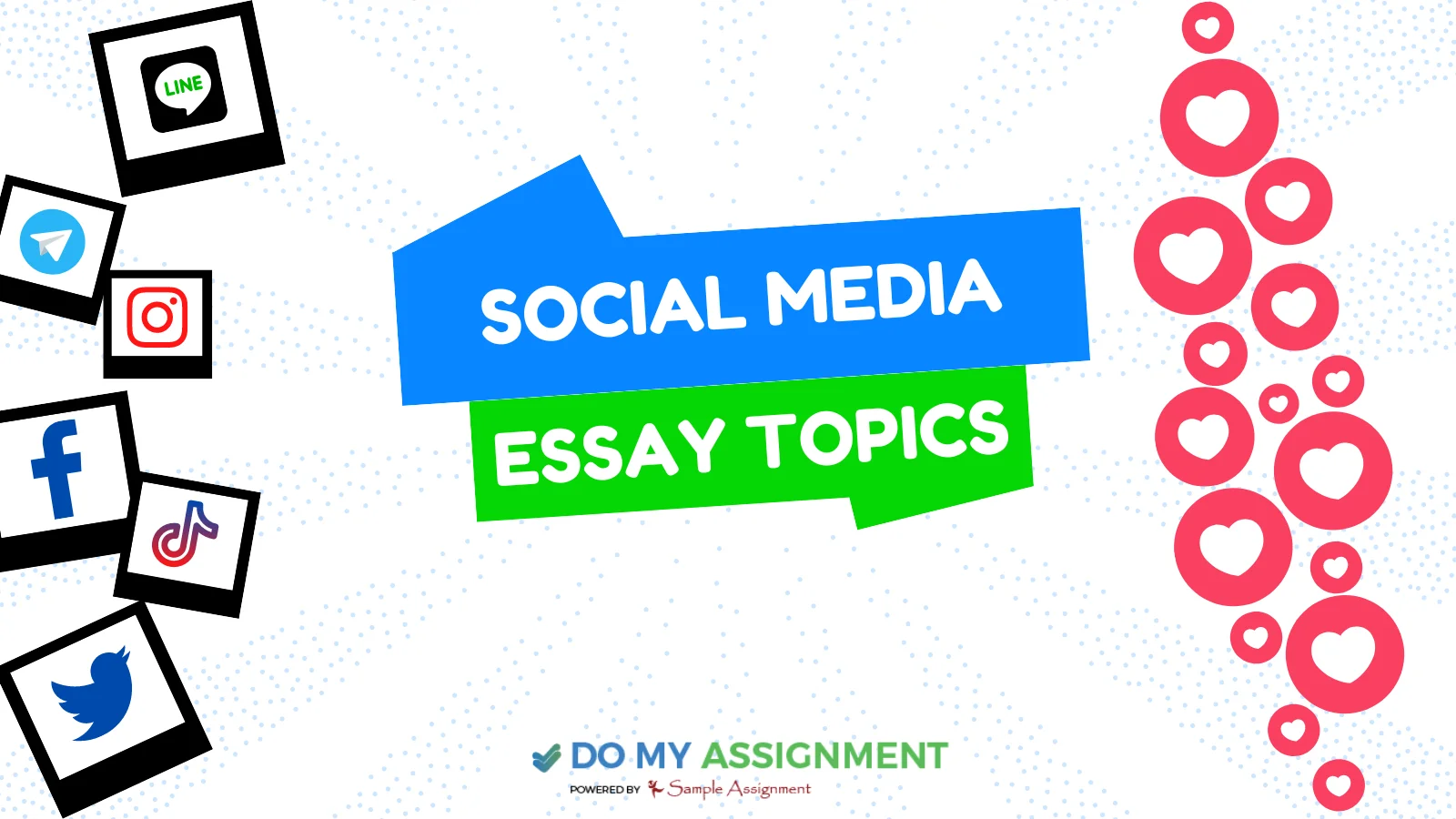Why Should You Learn Java Programming In 2025? Benefits Of Java And Java Career Opportunities

Highlights
Java is one of the earliest programming languages that achieved widespread popularity among new programmers. If you are trying to make a foray into programming in 2025, you might have heard the phrase ‘Java is dead’ or ‘Java is dying’ as of late. Luckily for you, this phrase has pretty much no solid foundation in reality. Java is still widely used in the programming world; in fact, it remains a powerhouse. Java is not only compatible with regular mobile applications and such, but it is also easily malleable with new technologies like big data and AI. In this blog, we will learn about the still-persisting need for Java programming in 2025, along with its most in-demand career opportunities.
What Are The Uses Of Java For Students?
We believe you already understand how widespread Java is among programming students. Most students use either Java, Python, or C# as a beginner language for the most part. Let us try to learn about the uses of Java for students and how Java uses correlate with their career prospects.
Academic Projects
Java is a core language in most computer science and programming curricula, as it is perfect for building academic projects efficiently.
Mobile App Development
Mobile application development is a highly marketable skill for programming students. If you are a skilled practitioner of Java development, you can easily land a mobile app developer job.
Building Foundational Skills
Java uses object-oriented programming as a key tenet, which is a foundational skill for many programming languages, such as SQL and C#.
Enterprise-Level Software
Lastly, Java is the foundation of many large-scale enterprise systems. Mastering Java programming can help you get a job in large enterprises pretty easily.
What Are The Key Java Applications In 2025?
Despite having been around for a while, Java’s presence has continued to evolve with the latest technological trends. It is probably the most stunning advancement in general programming, as Java applications seem to only adapt instead of becoming obsolete. Let us learn about some of the most important Java applications in 2025.
Enterprise and Web Applications
Frameworks like Spring and Hibernate make it incredibly easy for Java developers to build smooth-running applications. Even today, companies across finance, healthcare, and several other industries use Java programming to build their applications.
Android Mobile Development
If Android app development were a country, Java would be its official language. The significance of Java in Android app development is so great that no amount of words can describe its well-cemented place in the creation of mobile applications.
Big Data and Cloud Computing
Java 2025 uses tools like Apache Hadoop and Spark to build massive datasets, which are essential for cloud computing. Data science and data engineering students can reliably find a well-paying job if they are good at using Java.
What Is The Future Of Java Programming In 2025?
You can relax; Java isn’t going anywhere. Contrary to what a concerning number of programmers think, Java is nowhere near death. In fact, Java still has a bright future, and you can certainly expect Java programming to remain relevant no matter what happens in the foreseeable future. Here are some prospects regarding the future of Java programming as of now.
Cloud-Native and Microservices
You know how they say, “Why learn Java in 2025?” Funnily enough, Java is relevant now more than ever. Because of the emergence of cloud-native applications and microservices architecture, Java is spearheading this movement and has emerged as the number one player in this sector.
AI, Big Data, and Machine Learning
AI is so widespread now that it encompasses pretty much all data known to man. To process such a vast amount of data, tools such as Apache Hadoop and Apache Spark are used, which are famously built with Java programming.
Continued Evolution and Strong Community
Finally, Java has not lagged when it comes to keeping up with the current programming trends. It has continued to evolve thanks to the contributions of millions of currently active Java programmers who have still not abandoned their favorite programming language.
Why Learn Java In 2025?
We get it, by now you must not be worried about the future of Java, but you might still be concerned about your own future as a Java learner. Keep in mind that the benefits of learning Java far outweigh the potential disadvantages, plus you are likely to get a good job as a programmer. Let us try to understand some of the reasons why you should learn Java programming in 2025.
- Java is a secure and stable programming language; the demand for Java development has not gone down in nearly 30 years, and it still powers millions of applications.
- Enterprise, web, cloud, and mobile Java development are still massive. Many people each year get hired because of their Java programming
- If you learn Java, you will easily be able to develop your object-oriented programming skills, which is a skill transferable to other programming languages.
- Java has a gigantic ecosystem of frameworks and libraries that makes it faster for programmers to build smooth-running applications.
- New technologies like Big Data and Artificial Intelligence are heavily reliant on Java programming.
Benefits Of Learning Java For Students
Remember Eminem’s song “Without Me”? There’s a very popular line that goes, ‘There’s a million others just like me who might be the next best thing but not quite me!’ It almost feels like the line was written for Java if you think about it. The benefits of learning Java are not only specific to Java, but you can apply them to other programming languages as well. Let us look at some of the key benefits of learning Java for students.
Career Opportunities and High Demand
As you will learn in the coming sections, Java career opportunities are so many that you cannot even begin to comprehend them. It is incredibly easy to land a high-paying job if you are skilled at Java programming.
Building a Strong Foundational Skillset
Since Java enforces the principles of object-oriented programming, you can learn a skill that will help you with pretty much every other programming language.
Versatility and Wide Applications
Have you ever thought about the insane number of Java applications? Java programming is used in various sectors such as finance, healthcare, and e-commerce, along with providing job roles such as those of an enterprise developer, an Android engineer, and a big data specialist, among others.
Massive Community and Ecosystem
Java’s community of programmers is among the largest in the world, only comparable to Python in sheer size. This means as a student, you have no shortage of resources available to you that can provide you with programming assignment help in Australia.
What Are Some Of The Most In-Demand Java Career Opportunities?
As we discussed earlier, to learn Java opens up a path of several career opportunities. To all those who feel like Java is dying, think again. Learning Java is still a very helpful activity, as the sheer scale of job opportunities that arise might actually overwhelm you. Let us look at some of the most popular Java career opportunities in 2025.
Backend Developer
Becoming a backend developer is like the classic romantic tale for most skilled Java users. Backend developers in Australia can earn as much as $110,000 to $115,000 annually. If you want to become a skilled backend developer with Java, it is recommended that you learn how to use the Spring Boot framework as your main skill.
Android Developer
Knowing Java is to an Android developer what knowing English is to an Englishman. Although many programmers have moved towards Kotlin in recent years, Java still remains the number one language for Android app development. Oh, and you can earn as much as $140,000 AUD annually in this position.
Big Data Developer
The smooth performance and distribution of Java programming make it ideal for big data developers. Most companies require you to have a strong command of Java before they let you use Apache Hadoop and Apache Spark. The salary ranges from $120,000 AUD to $140,000 AUD on average.
Full-Stack Developer
Full-stack developers are skilled at both the frontend and backend sides of the programming machinery. Spring is a tool you must essentially learn for the backend, whereas tools such as HTML, CSS, and JavaScript are required for frontend Java development. You can earn anywhere between $95,000 AUD and $140,000 AUD as a full-stack developer in Australia.
Cloud Engineer
Lastly, a Java developer who can build applications on AWS, Google Cloud, and Azure is in high demand as cloud computing has expanded tremendously. Cloud engineers can earn as much as $135,000 AUD and $180,000 AUD, with some even earning over $200,000 AUD annually.
Conclusion
In the end, you need to remember that learning Java programming is not anything to be worried about. Java is still a major force in programming, and you can certainly guarantee that you will get a job as a skilled Java developer. Of course, becoming a developer takes skill and patience, and your academic performance will also determine how good your chances are at becoming a renowned software developer. However, it is incredibly easy to become a master Java developer with Do My Assignment and our expert team of programming professionals.
Nick Johnson
Nick is a multi-faceted individual with diverse interests. I love teaching young students through coaching or writing who always gathered praise for a sharp calculative mind. I own a positive outlook towards life and also give motivational speeches for young kids and college students.








